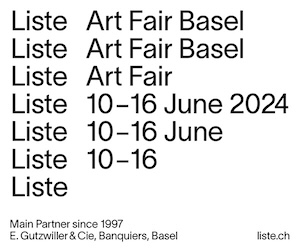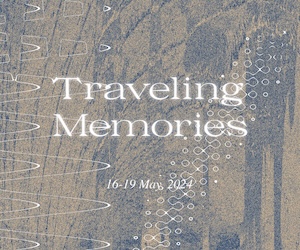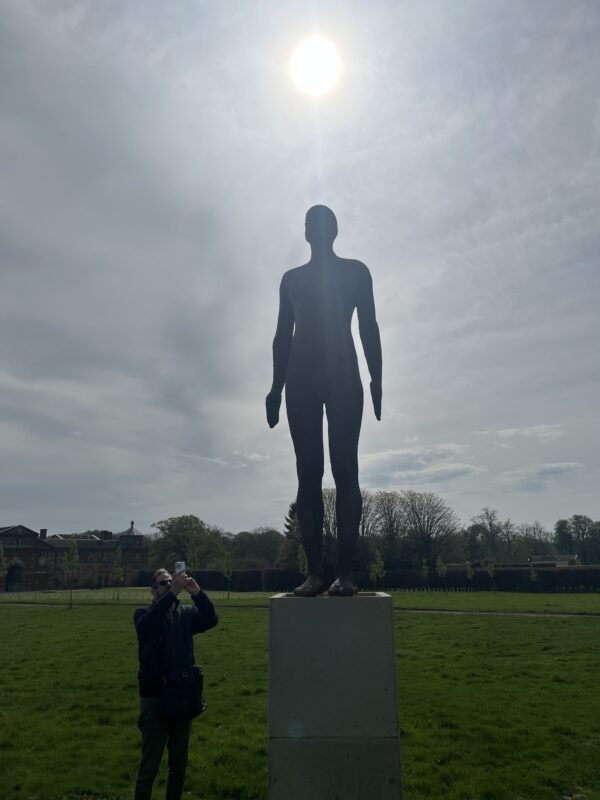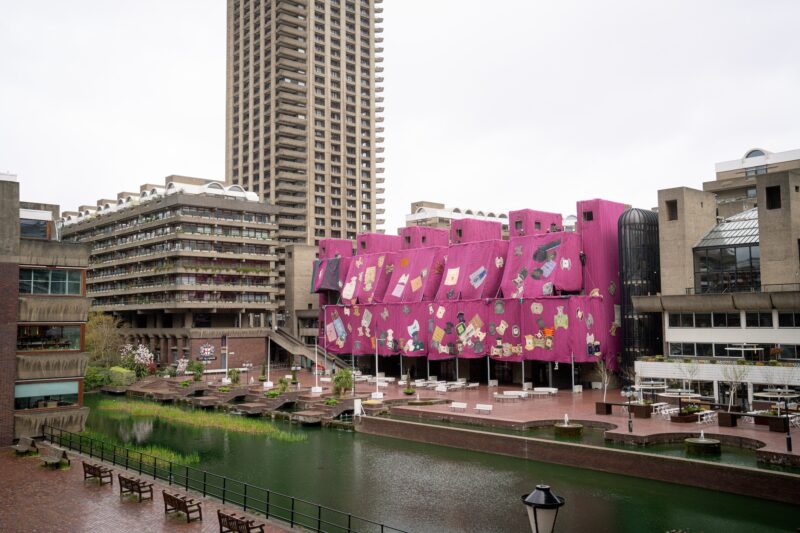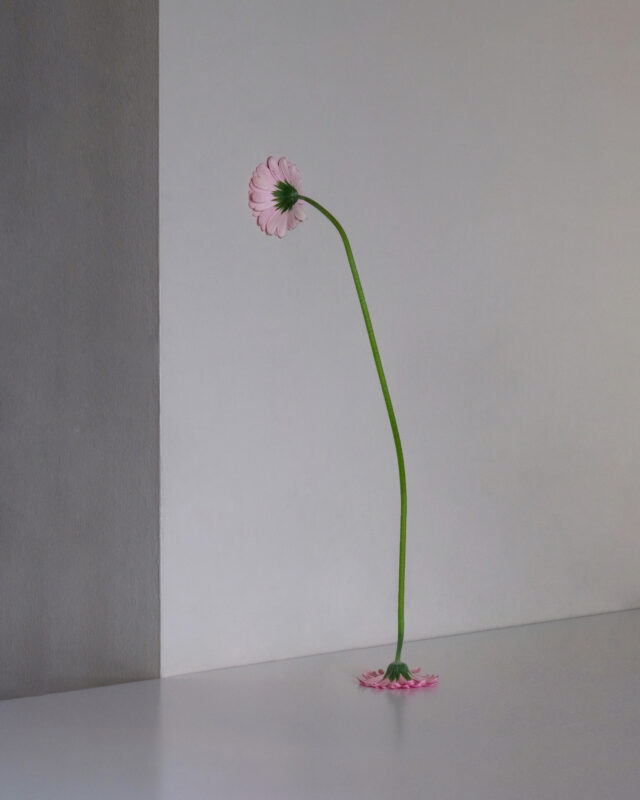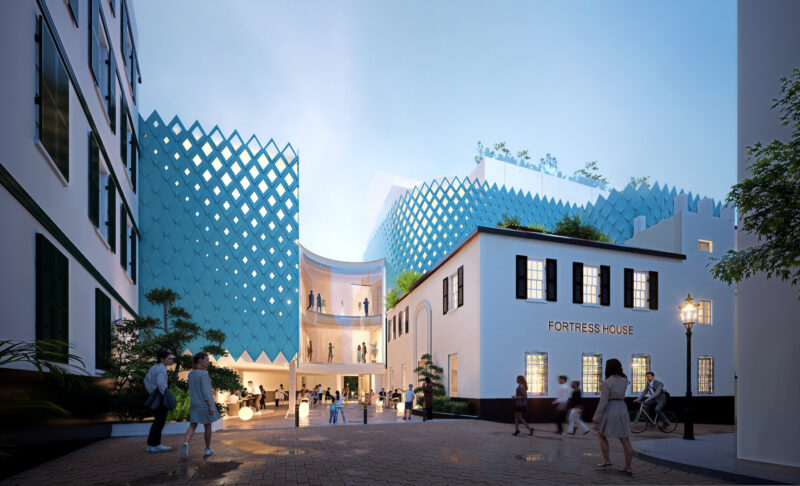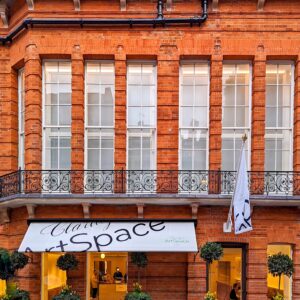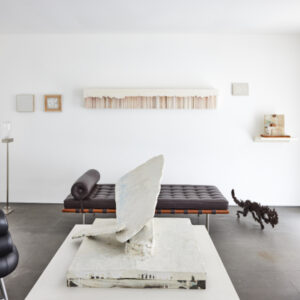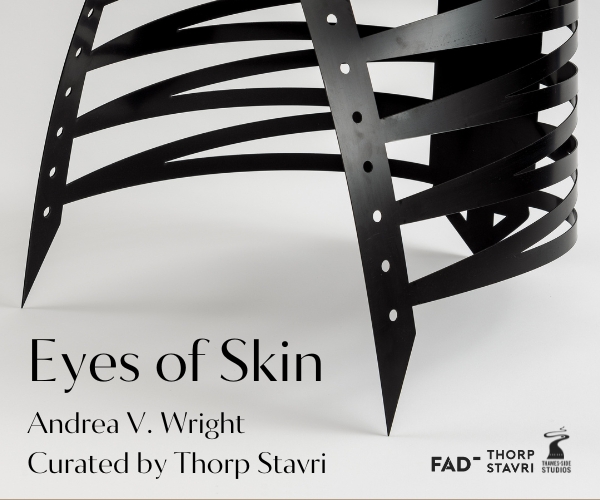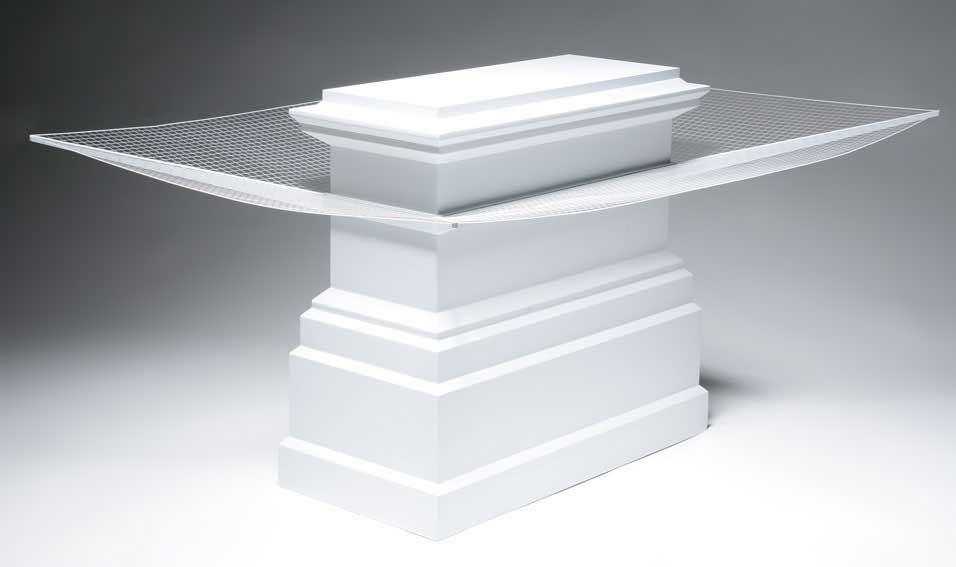
Antony Gormley’s sculpture for the Fourth Plinth. Photo: James O Jenkins.
Leading British artist, Antony Gormley, today launched his nationwide work, One & Other, by inviting people, aged 16 and over, from across the UK to participate in the creation of a unique living monument on the Fourth Plinth in Trafalgar Square. One & Other will run for 100 days from 6 July – 14 October 2009 and will involve 2,400 people from all over the UK who will stand on the plinth for an hour each. Anyone interested in participating can register their interest and find out more at the newly launched project website from today, 26 February 2009 (www.oneandother.co.uk). Formal applications can be made from April 2009.
Antony Gormley, renowned for iconic works that include The Angel of the North, was chosen to create the temporary artwork by the Mayor of London’s Fourth Plinth Commissioning Group, which is chaired by Ekow Eshun, Artistic Director of the Institute of Contemporary Arts in London. One & Other is the first in a series of extraordinary live events mounted by creative producers Artichoke in partnership with Sky Arts.
One & Other will provide a fascinating portrait of the UK in the twenty-first century. Every hour, 24 hours a day for 100 days, a different person will take their place on the Fourth Plinth in Trafalgar Square in London, in a continuous representation of themselves, their families, or their communities. The 2,400 participants will be chosen at random from the many thousands that are expected to apply. Participants can use their time on the plinth as they like – to perform, to demonstrate, or simply to reflect.
Antony Gormley said: “The idea is very simple. Through putting a person onto the plinth, the body becomes a metaphor, a symbol. In the context of Trafalgar Square with its military, valedictory and male historical statues, this elevation of everyday life to the position formerly occupied by monumental art allows us to reflect on the diversity, vulnerability and particularity of the individual in contemporary society. It’s about people coming together to do something extraordinary and unpredictable. It could be tragic but it could also be funny.”
target=”_blank”>One & Other, by inviting people, aged 16 and over, from across the UK to participate in the creation of a unique living monument on the Fourth Plinth in Trafalgar Square. One & Other will run for 100 days from 6 July – 14 October 2009 and will involve 2,400 people from all over the UK who will stand on the plinth for an hour each. Anyone interested in participating can register their interest and find out more at the newly launched project website from today, 26 February 2009 (www.oneandother.co.uk). Formal applications can be made from April 2009.
Antony Gormley, renowned for iconic works that include The Angel of the North, was chosen to create the temporary artwork by the Mayor of London’s Fourth Plinth Commissioning Group, which is chaired by Ekow Eshun, Artistic Director of the Institute of Contemporary Arts in London. One & Other is the first in a series of extraordinary live events mounted by creative producers Artichoke in partnership with Sky Arts.
One & Other will provide a fascinating portrait of the UK in the twenty-first century. Every hour, 24 hours a day for 100 days, a different person will take their place on the Fourth Plinth in Trafalgar Square in London, in a continuous representation of themselves, their families, or their communities. The 2,400 participants will be chosen at random from the many thousands that are expected to apply. Participants can use their time on the plinth as they like – to perform, to demonstrate, or simply to reflect.
Antony Gormley said: “The idea is very simple. Through putting a person onto the plinth, the body becomes a metaphor, a symbol. In the context of Trafalgar Square with its military, valedictory and male historical statues, this elevation of everyday life to the position formerly occupied by monumental art allows us to reflect on the diversity, vulnerability and particularity of the individual in contemporary society. It’s about people coming together to do something extraordinary and unpredictable. It could be tragic but it could also be funny.”
